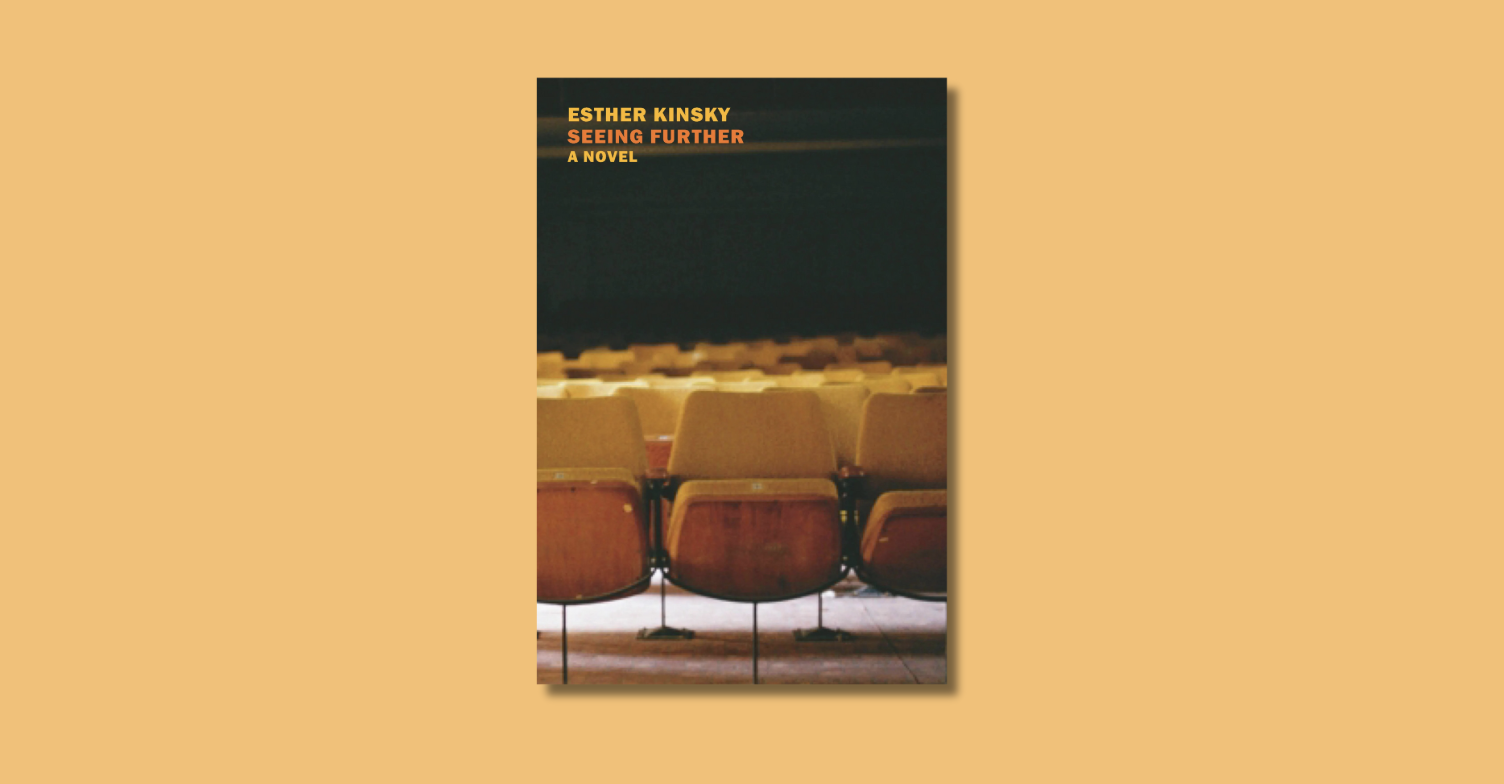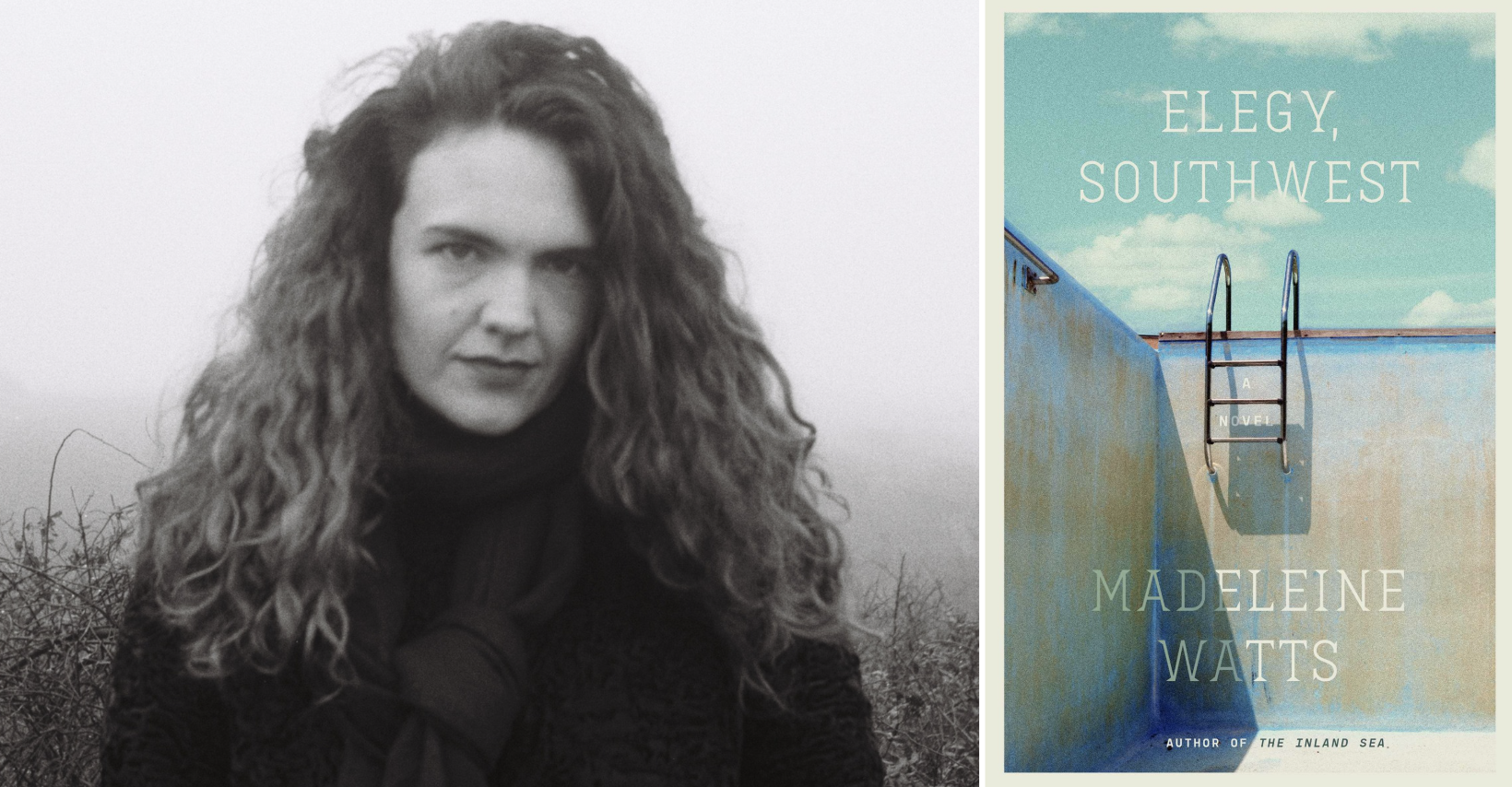Most people know Alexandre Dumas for his classics (usually assigned as required reading for class) The Three Musketeers and The Count of Monte Cristo, but fewer people are aware of what he considered his masterwork: Le Grand Dictionnaire de Cuisine. This giant tome was part memoir, part encyclopedia, part cookbook. Rohini Chaki at Atlas Obscura describes the project as “more than a cookbook. Dumas meant it to be a formidable inquiry into both gustation and gastronomy, utilized by enthusiasts and culinary professionals alike.”
Alexandre Dumas in the Kitchen









